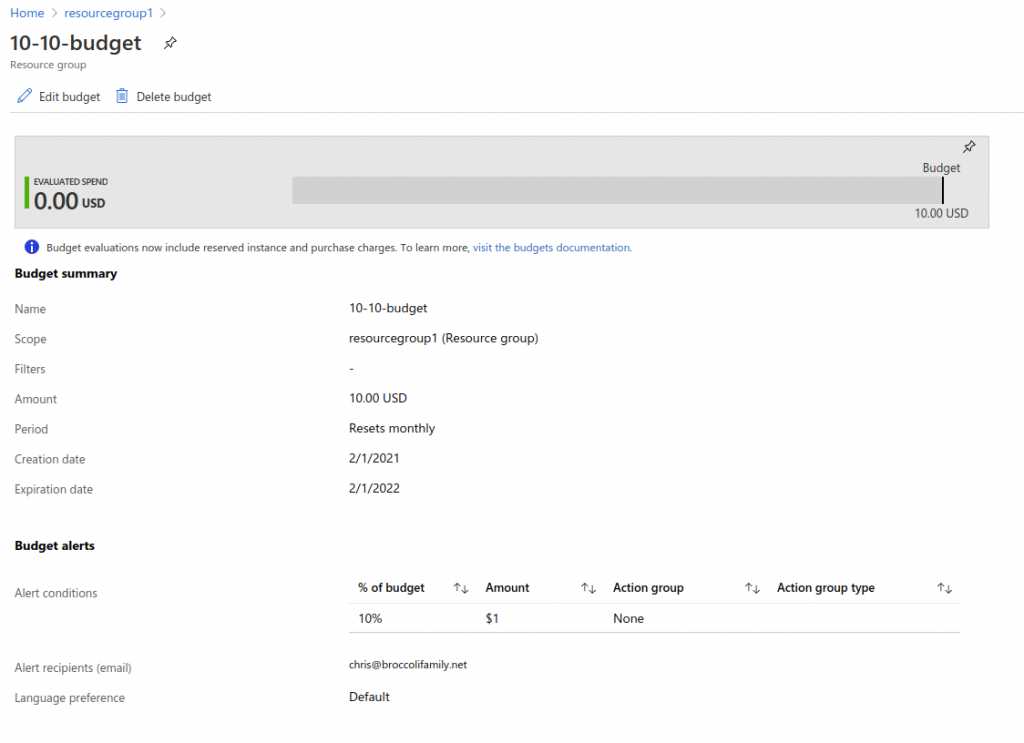I always feel like I have not spent enough time reading so thought I would start tracking my reading lists per year. Looking back I think I actually covered a decent amount of material and am glad to see that my reading list does not just include IT related reading.
![The Exponential Age: How Accelerating Technology is Transforming Business, Politics and Society by [Azeem Azhar]](https://m.media-amazon.com/images/I/31D9qyEH+RS.jpg)
The Exponential Age: How Accelerating Technology is Transforming Business, Politics and Society by [Azeem Azhar]
Really enjoyed reading this book. If you work in IT, you should read this book to help you to appreciate the fact that we are living in a transformative era which is changing the world, much as the invention of the steam engine, telephone and the widespread adoption of electricity.
![The Stone Sky (The Broken Earth Book 3) by [N. K. Jemisin]](https://m.media-amazon.com/images/I/61ct-LIdb-L._SY346_.jpg)
The Stone Sky (The Broken Earth Book 3) by [N. K. Jemisin]
Book 3 of the fantasy trilogy. Not hard to understand why all 3 books received the Hugo award individually.
![The Invention of Nature: Alexander von Humboldt's New World by [Andrea Wulf]](https://m.media-amazon.com/images/I/51ukjAV259L._SY346_.jpg)
The Invention of Nature: Alexander von Humboldt’s New World by [Andrea Wulf]
Got this book as a birthday gift from my daughter. I also love good history books and this one was especially good. Not only did I learn about Humbolt and all of the things he came up with but also the times he lived in and his contemporaries.
![Burn: New Research Blows the Lid Off How We Really Burn Calories, Lose Weight, and Stay Healthy by [Herman Pontzer]](https://m.media-amazon.com/images/I/414ziX4uGkL._SY346_.jpg)
Burn: New Research Blows the Lid Off How We Really Burn Calories, Lose Weight, and Stay Healthy by [Herman Pontzer]
Non-fiction, not related at all to IT or technology in general. Great insight into how we burn calories. Read it to better understand how to stay healthy through diet and what the effect of diet vs. exercise have on overall fitness.
![The End of Everything: (Astrophysically Speaking) by [Katie Mack]](https://m.media-amazon.com/images/I/51j0s6E0kjL._SY346_.jpg)
The End of Everything: (Astrophysically Speaking) by [Katie Mack]
I enjoy popular science and this astrophysics book was fascinating, even though it was a bit depressing given the end of everything, is really the end of everything.
